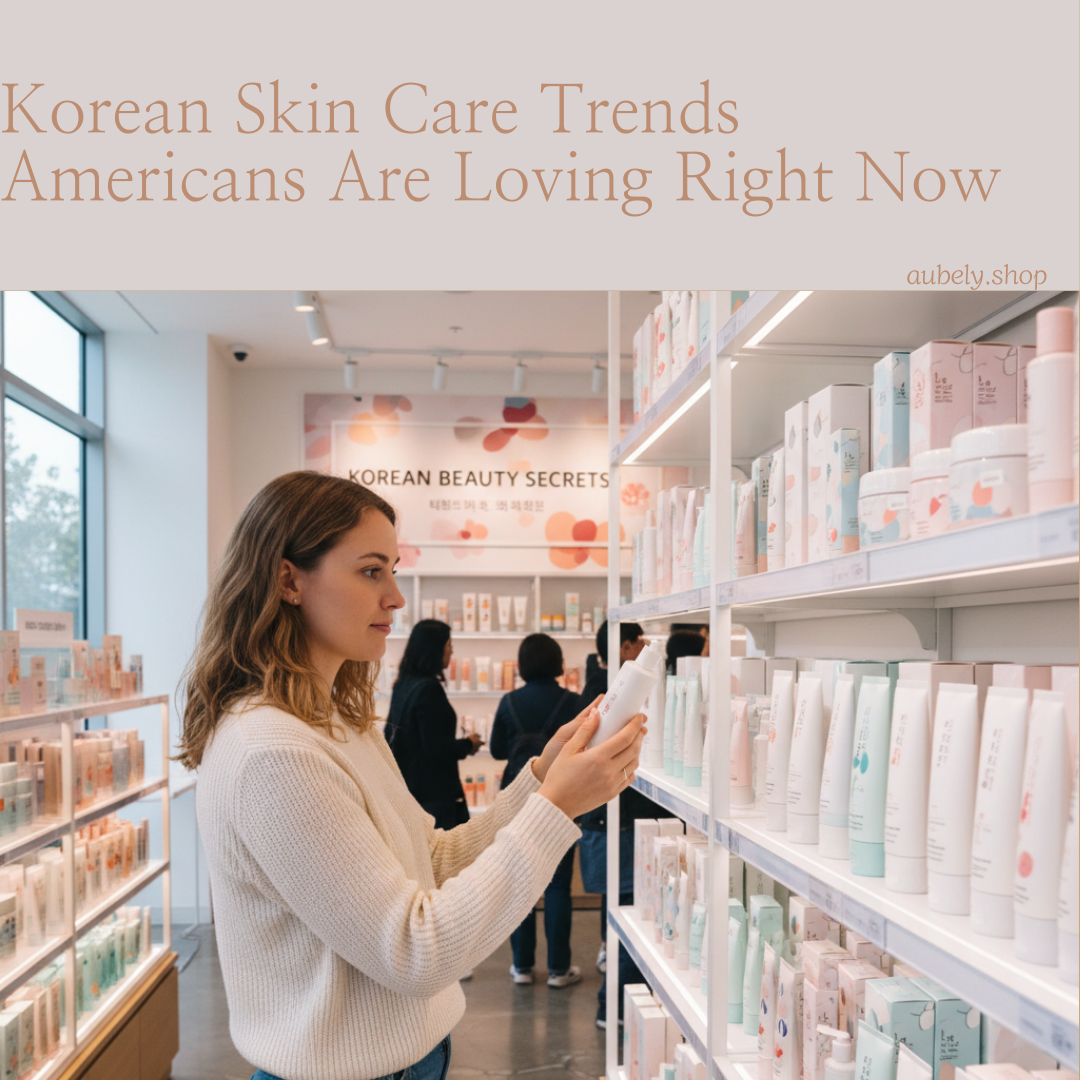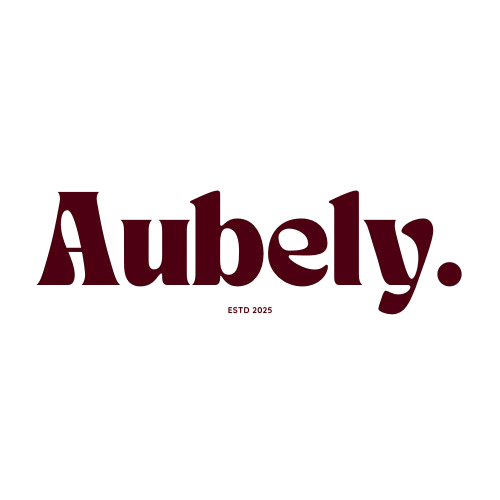
Korean Skin Care Trends Americans Are Loving Right Now
Share

Korean skin care is making waves across the U.S. as more Americans chase glowing, healthy complexions. The approach is gentle yet smart. With unique textures and powerful actives, it offers fresh alternatives to standard Western formulas. Below, we explore the top trends that are resonating right now.
The Rise of the “Glass Skin” Ideal
One trend that’s become almost iconic is glass skin, skin that looks clear, dewy, and smooth. Many American beauty lovers now aim for that translucent, luminous finish. The Korean skin care philosophy emphasizes layering hydrating essences, lightweight serums, and soft moisturizers to achieve that glow.
Critics warn that the goal can be unrealistic for some skin types or ages. Still, the influence of glass skin continues to guide product development and marketing.
Fermented and Regenerative Actives
Another exciting development is the use of PDRN (polydeoxyribonucleotide), a regenerative DNA fragment ingredient. Originally used in clinical treatments, brands now include it in topical serums. It’s praised for helping to calm inflammation, support skin repair, and boost radiance.
Fermented ingredients also remain popular. Fermented rice, ginseng, and botanicals often appear in essences and ampoules. The fermentation process can enhance bioavailability and deliver additional skin benefits.
Overnight Masks That Work While You Sleep
Gone are the days when masks were only a 15-minute step. Overnight masks are trending heavily. These are richer textures or gel creams that seal in actives overnight, giving skin time to absorb beneficial compounds.
Overnight masks often mix hydrating agents, peptides, ceramides, and barrier-support ingredients. They’re ideal for people who want more impact without adding extra steps in the morning.
Cushion Sunscreens & Lightweight UV Protection
Sun protection has always mattered in Korean routines, and American users are gravitating toward Korean sunscreen formulas. These often come in cushion, sun serum, or light gel textures that feel comfortable under makeup.
Because some UV filters used in Asia are not yet FDA approved in the U.S., Korean brands adapt by creating versions with permitted filters. Still, these versions maintain that silky, non-chalky feel that many Western sunscreens lack.
Minimalism in Korean Skin Care Products
American consumers are busy. They prefer multitasking products over long routines. That’s led to the popularity of all-in-one balms, multi-step hybrids, and stick formulas. These items reduce the number of bottles while delivering multiple benefits (moisture, barrier support, soothing) in one product.
These multi-functional trends echo older Korean innovations but with modern conveniences. They suit people who want efficiency without sacrificing quality.
Ingredient Transparency and Clean Labeling
Today’s consumers want clarity. They examine ingredient lists, demand ethical sourcing, and expect transparency. Korean skin care responds by emphasizing short ingredient lists, highlighting actives like centella, niacinamide, and ceramides, and removing potential irritants.
Brands also reframe language. Terms like “brightening” or “tone-evening” are preferred over “whitening,” especially for Western markets. This shift helps avoid negative connotations while communicating the product’s function.
Social Media Virality & TikTok’s Role
It’s impossible to ignore TikTok’s impact. Many skin care products became cult hits overnight after a viral video. The algorithm now spreads Korean products like sunscreens, sleeping masks, and ampoules rapidly among U.S. audiences.
A single viral post about a Korean sun cushion or mask can drive months of sales and media coverage. Beauty creators (micro and macro alike) now play a huge role in trend adoption.
Challenges and Considerations
While trends are compelling, there are some caveats:
- Tariffs and import costs: New tariffs on Korean imports have raised prices for U.S. shoppers. Some fear stock shortages or higher costs ahead.
- Skin type differences: What works in Korea’s climate or for certain skin types may not suit everyone in the U.S.
- Overemphasis on trends: Chasing every viral formula risks irritation or overcomplication. A consistent, skin-friendly routine remains key.
How to Try These Trends Safely
- Patch test new formulas, especially active or fermented ones.
- Introduce one skin care trend at a time, e.g., add an overnight mask before adopting PDRN.
- Maintain basics: cleanse, moisturize, protect. Trends should enhance not replace the foundation.
- Monitor your skin’s response over weeks, not days.
Conclusion
The attention Americans give to Korean skin care shows how much it resonates beyond novelty. These trends combine aesthetics, science, and ritual. Whether you try glass skin layering, sleep masks, or sunscreen cushions, there’s room to adopt what suits your skin best. As the market evolves, expect even more creative, hybrid formulas and smarter ingredient use ahead.
Sources
1. Allure – The Best Korean Skin-Care Products for Glass Skin
2. Vogue Business — Inside K-beauty’s Second Coming
3. House of Marketers — How TikTok is Driving Korean Cosmetics Trend Worldwide
4. Joanna Vargas — How Korean Beauty Trends Have Impacted the U.S. Market
